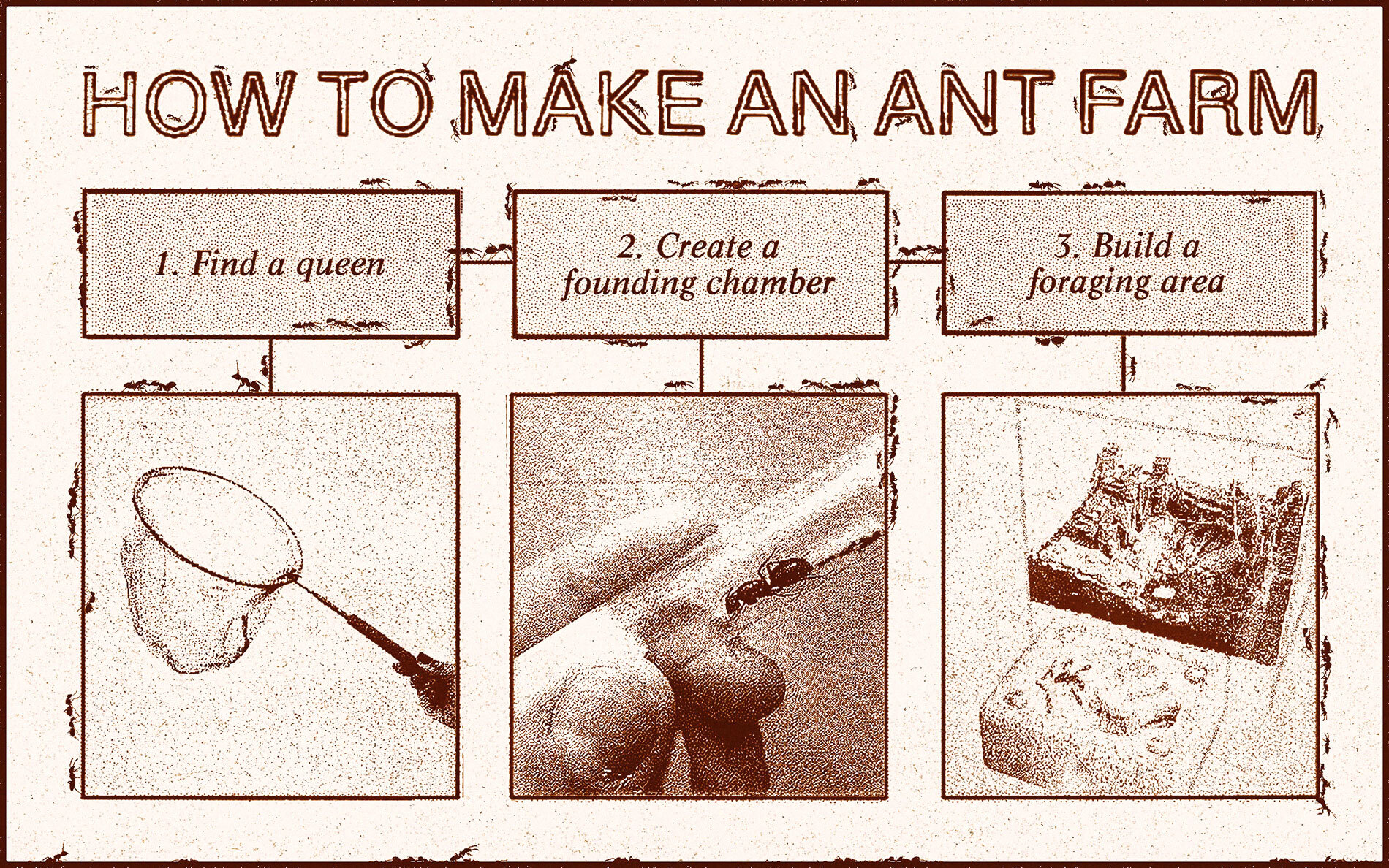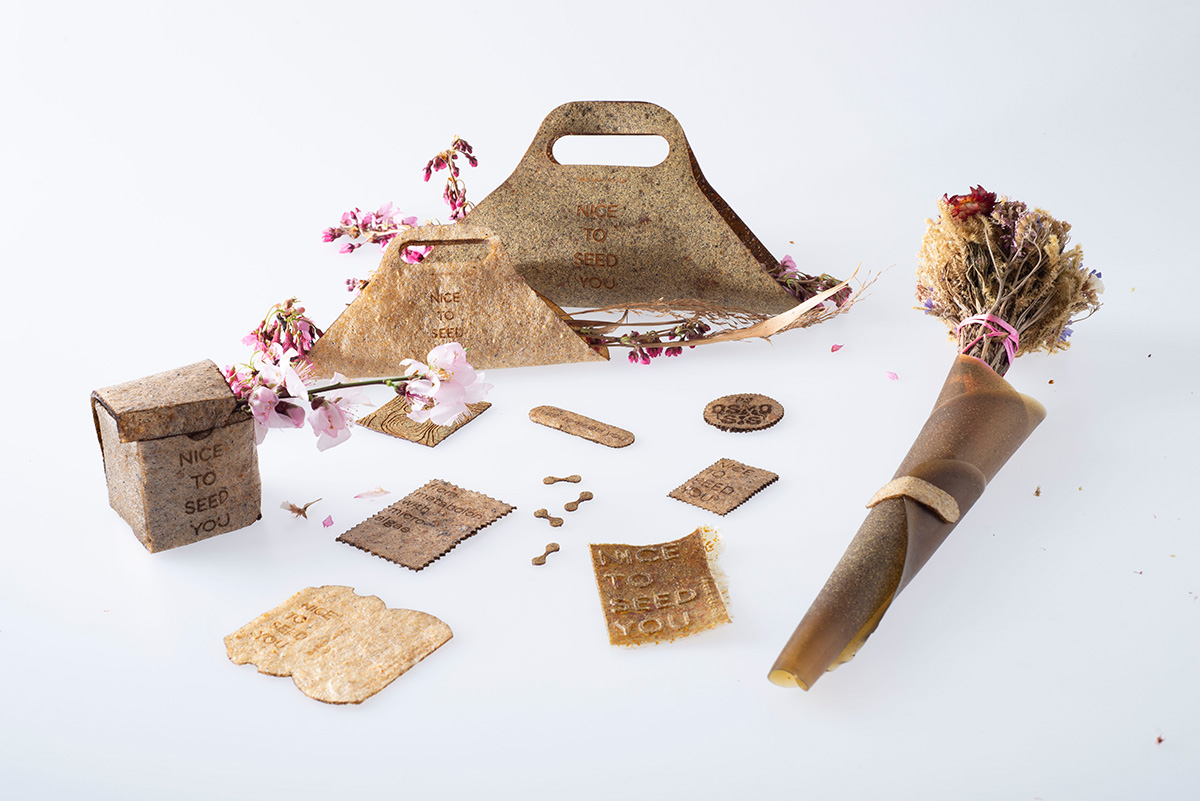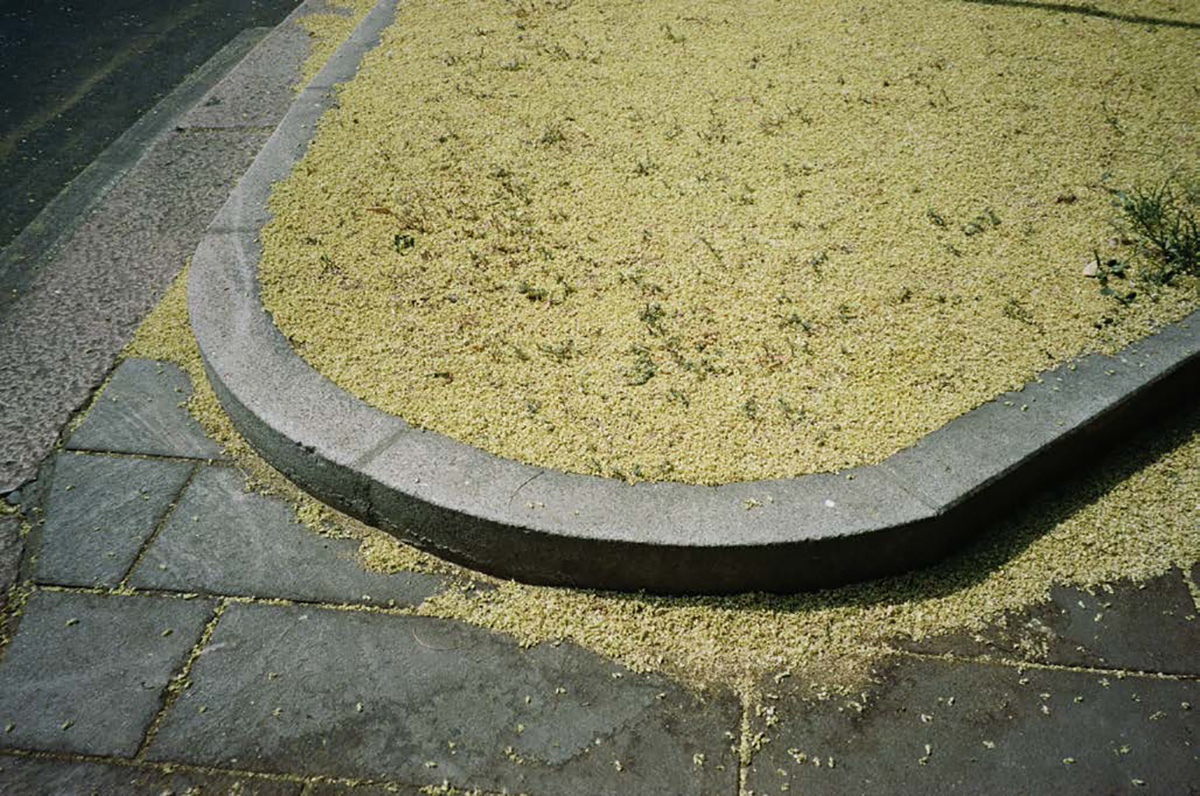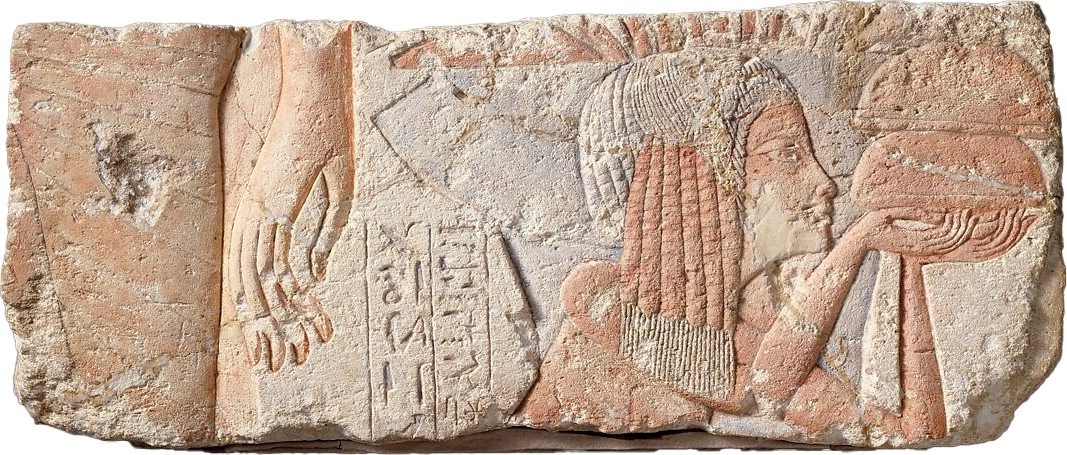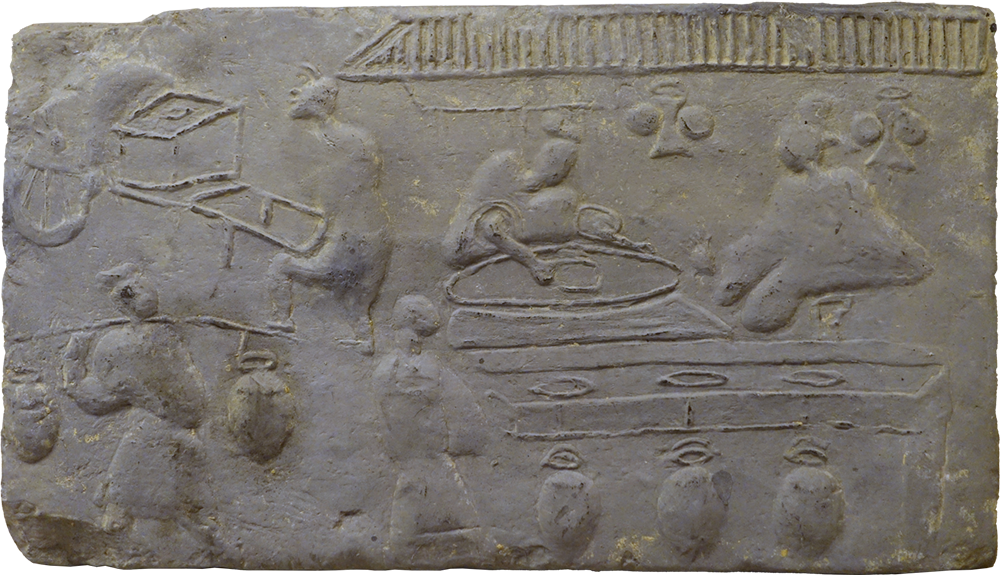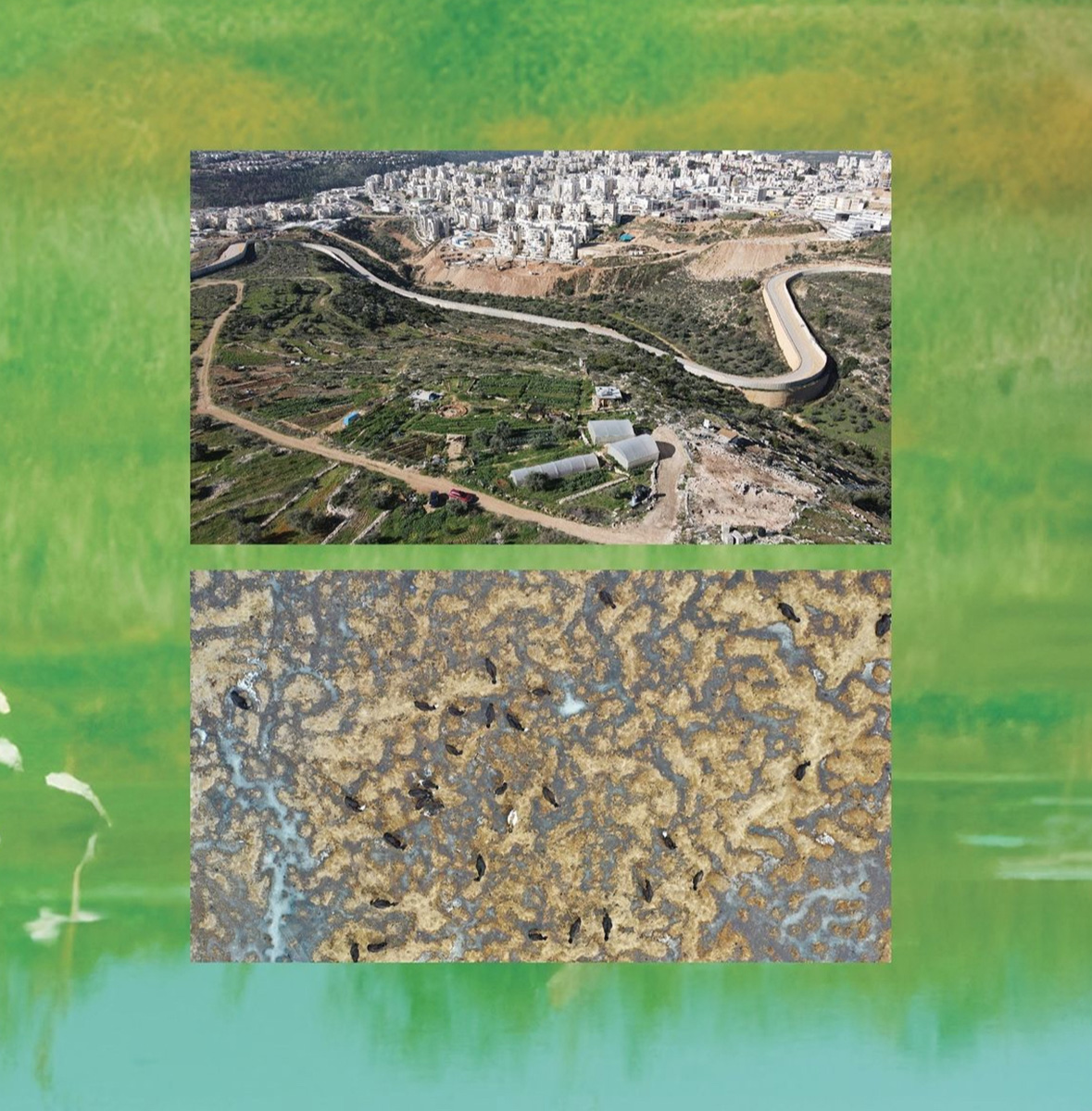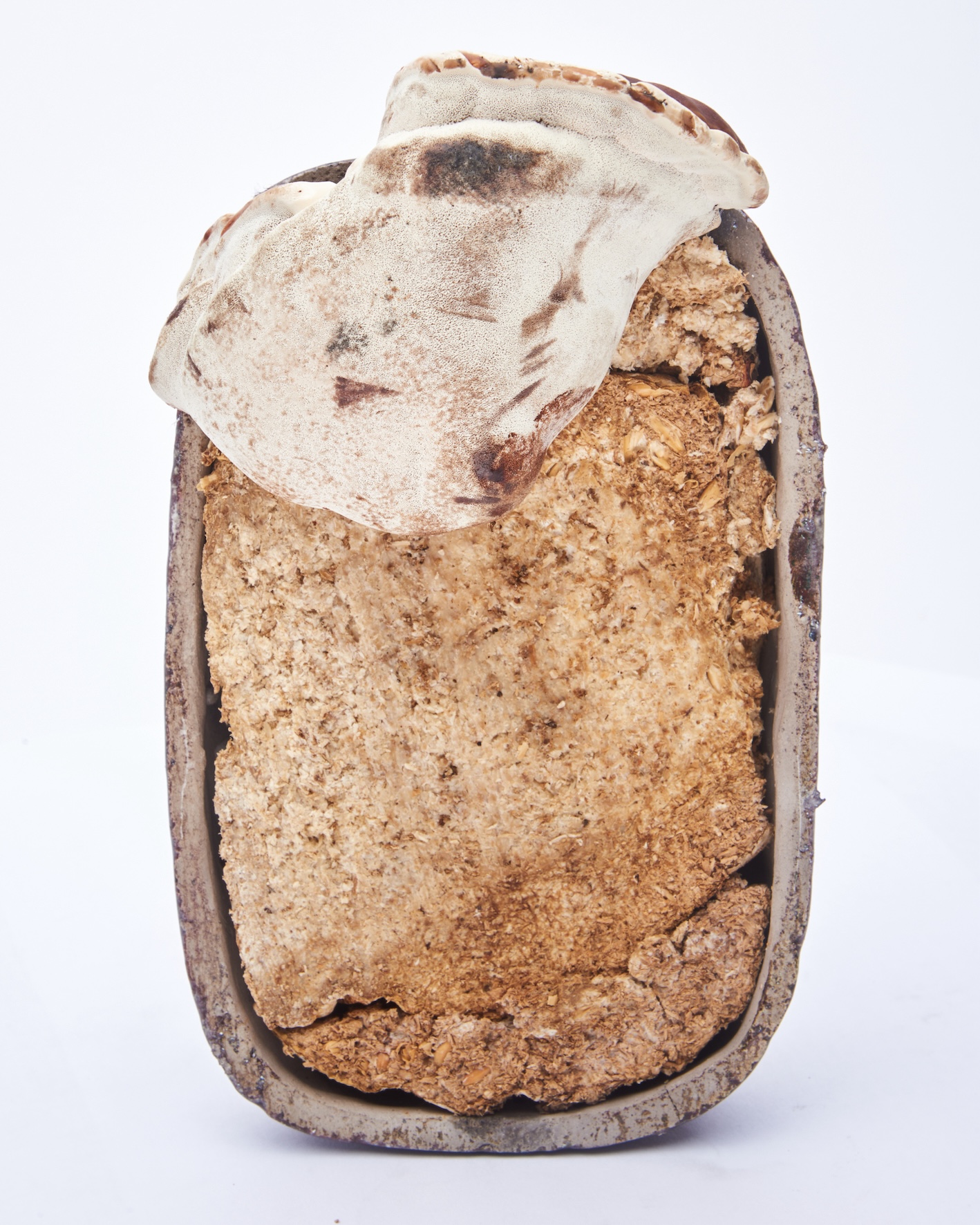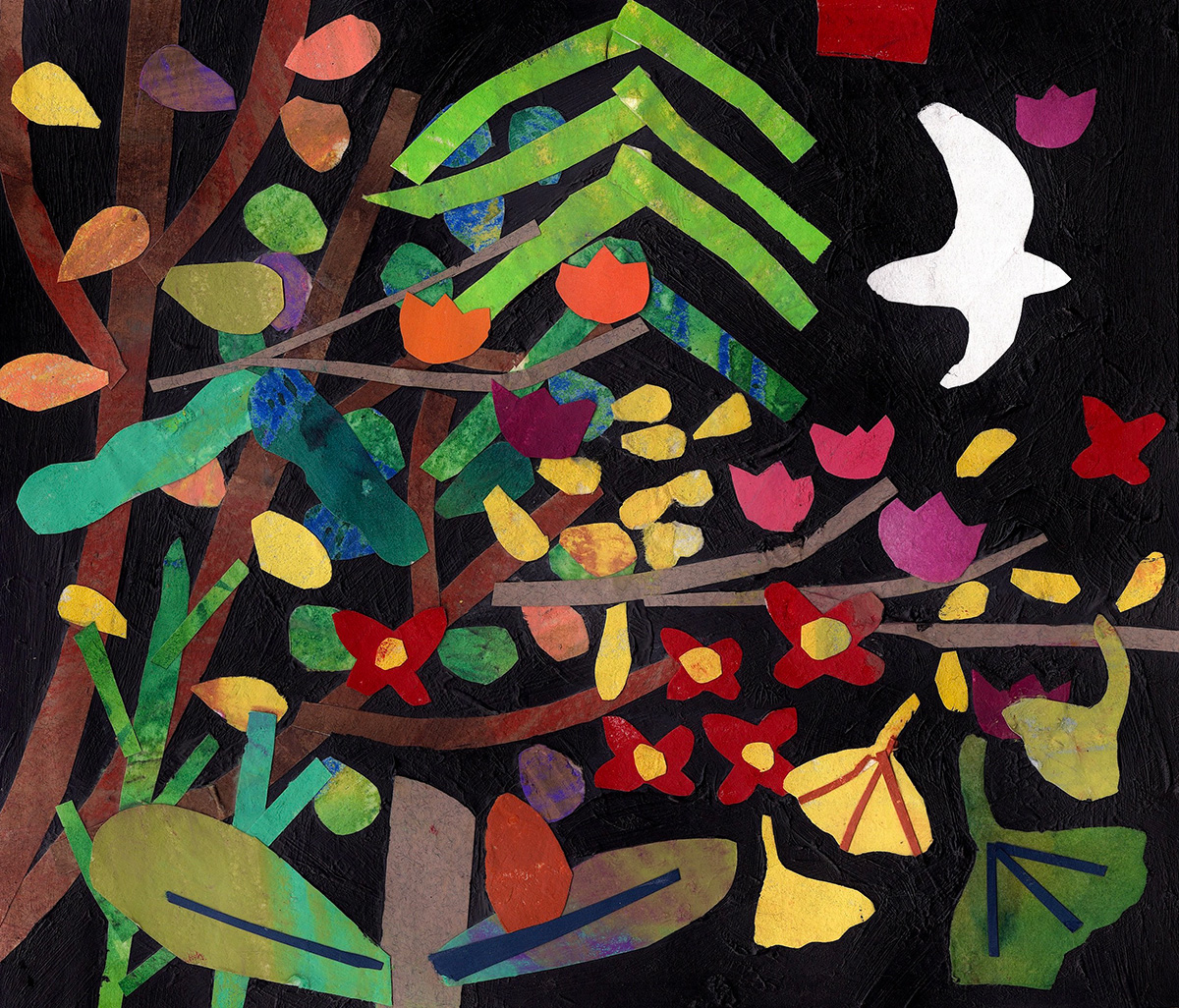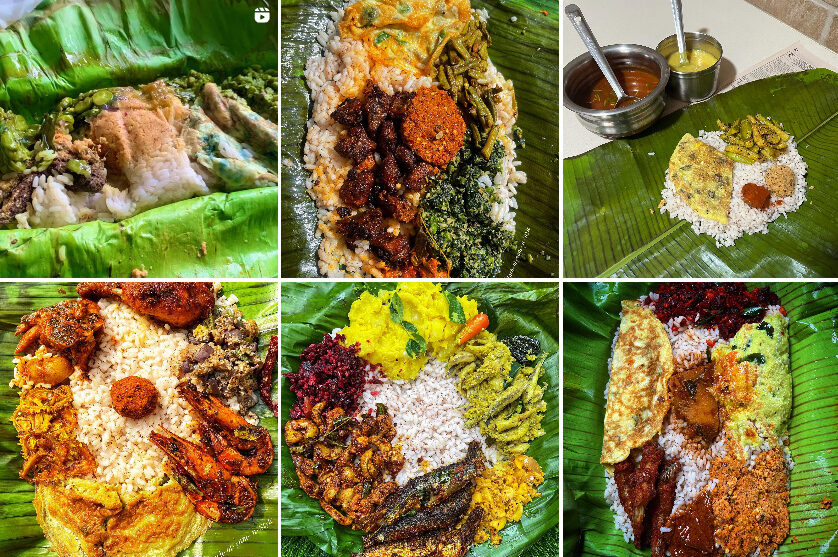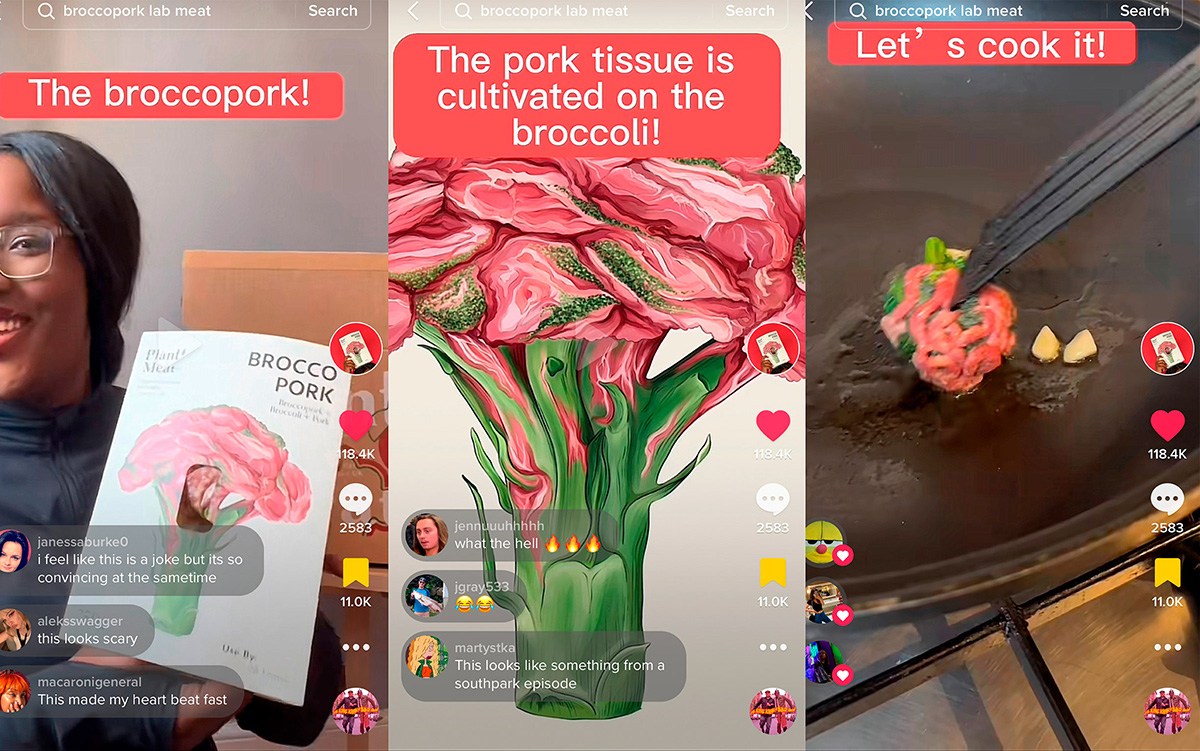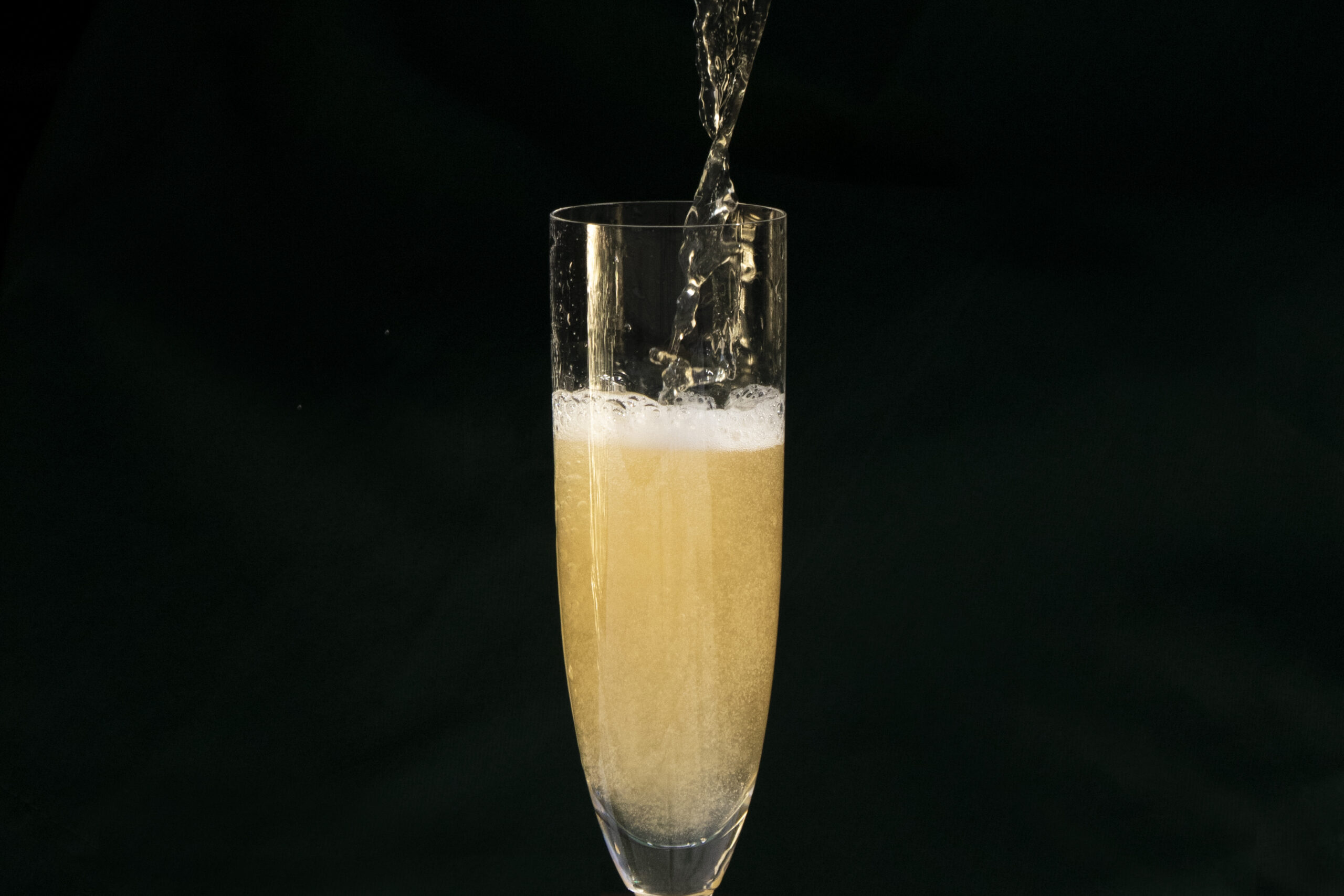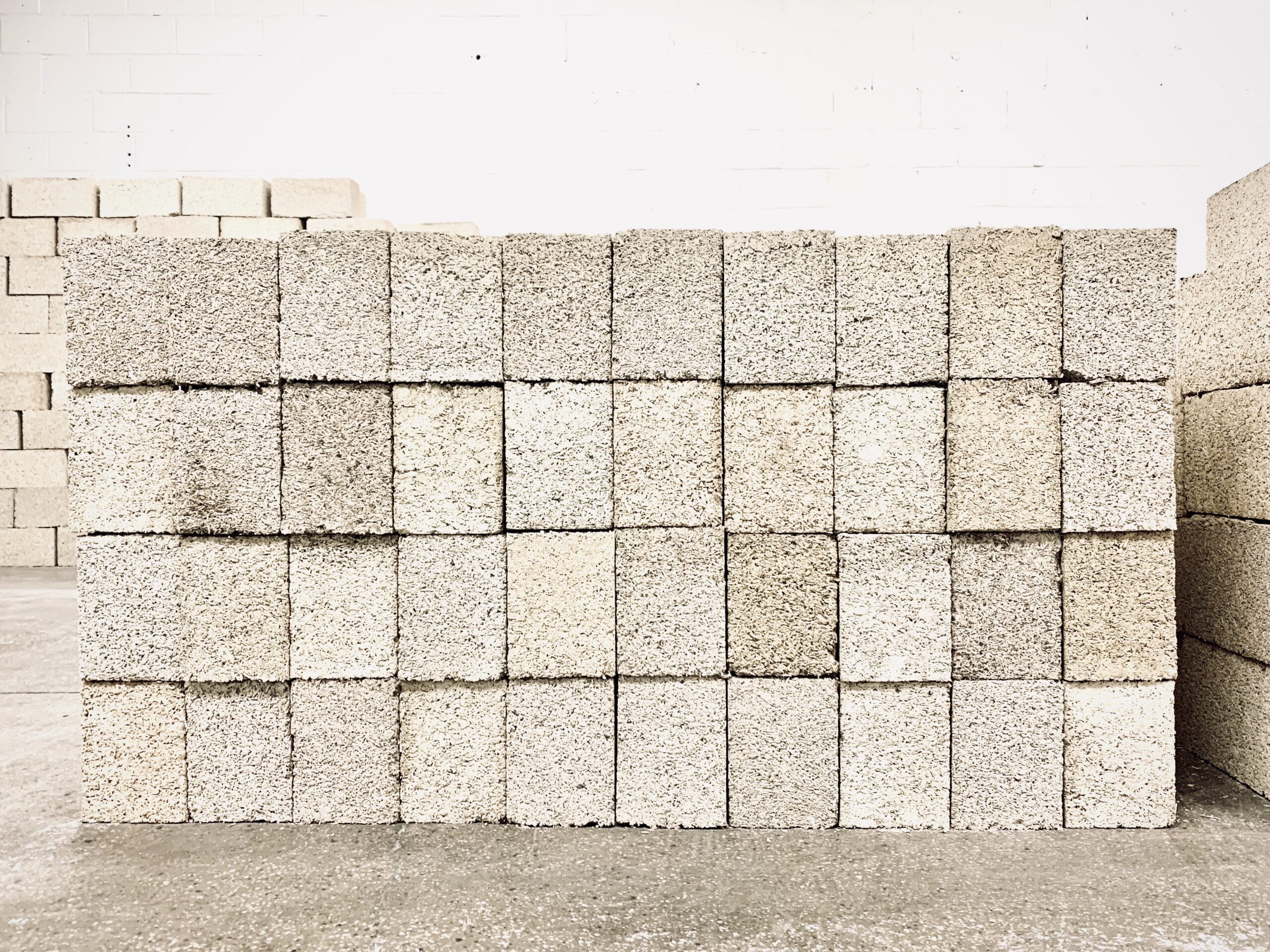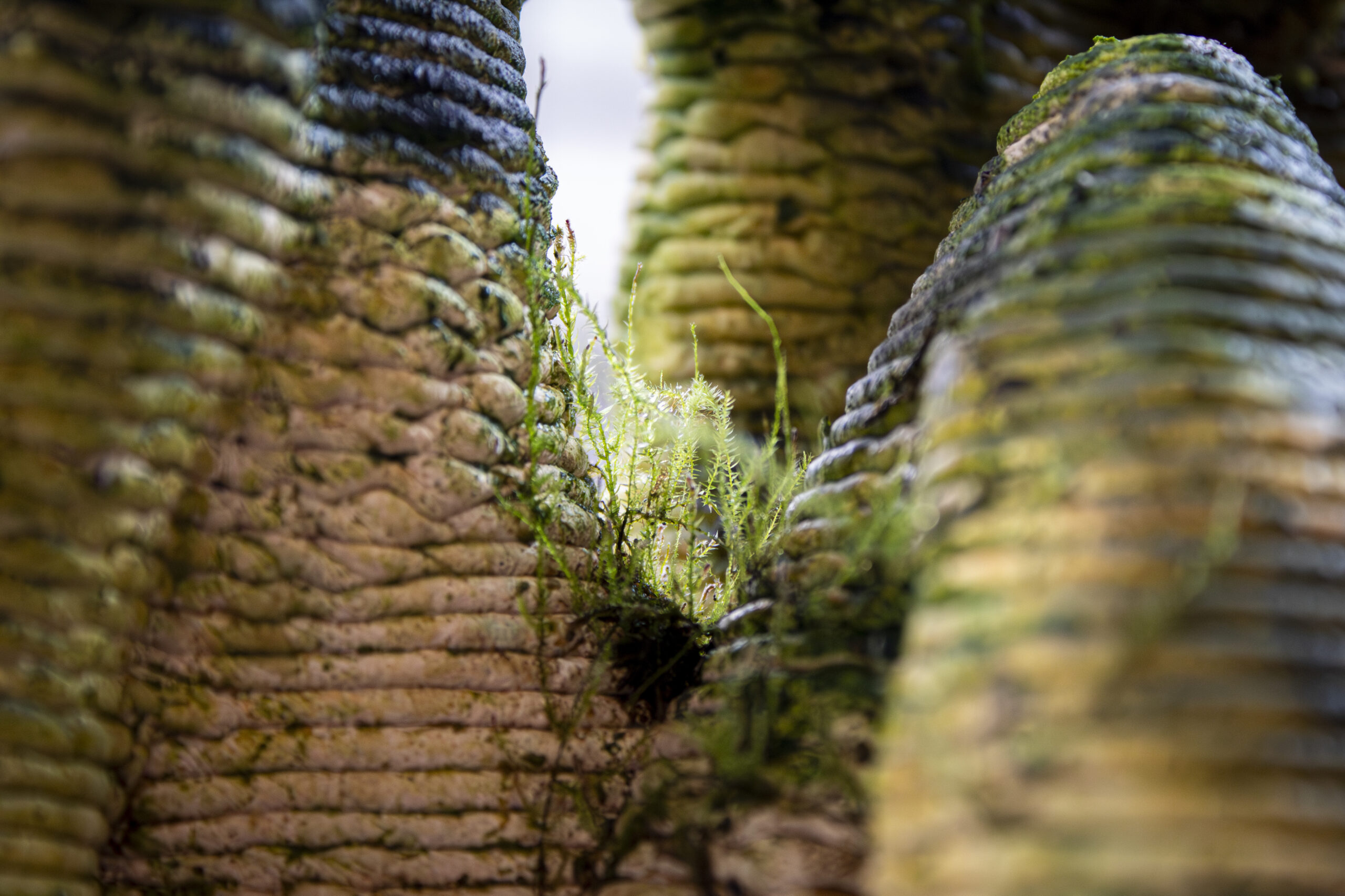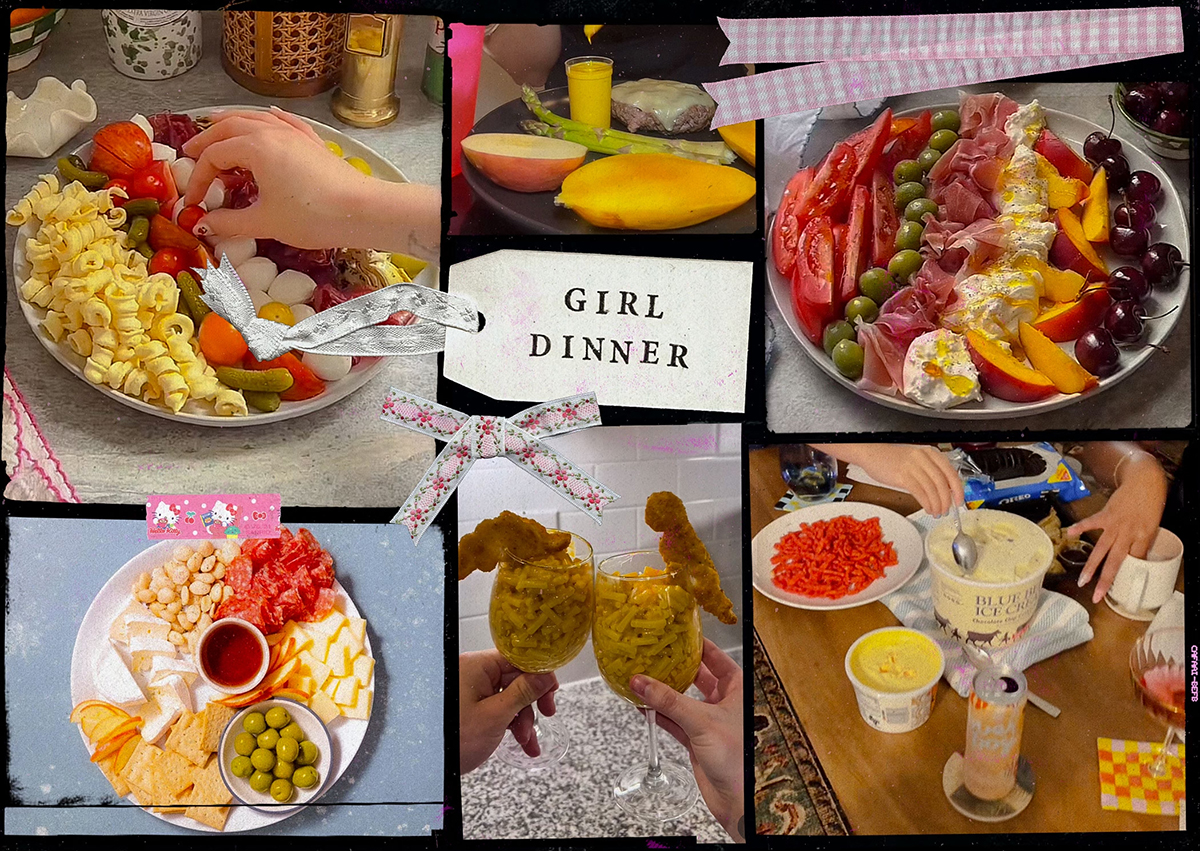High in protein with a minimal carbon footprint, insects remain perpetual in the proposals that often cycle through discussions surrounding the future of food. Already, the creatures are embedded in cuisines across cultures and continents. From the crispy hormiga, one of the most highly sought after ingredients in Colombia, to the boiled grasshopper, which are sold by the handful for easy snacking in Uganda. So what’s stopping bugs from becoming a global go-to in food? According to one group of scientists, it may be the stability of the food source. Typically edible insects are gathered through wild collection, a process dependent on the transitions in season and the life cycle of living things. However, in a 2020 paper published in Global Food Security, these scientists proposed that in order for insects to become a viable and sustainable food source, they must be farmed1. Their solution was to transform existing communities of bug collectors and enthusiasts into bug rearers, or mini livestock farmers.
It is no big leap to imagine a future of mini livestock farmers — the ant farm, a classic children’s toy, provides a familiar if not minimalist visualization of what future infrastructure for the industry may look like. As it stands, ant keeping has undergone a renaissance of sorts during the past few years. Ant enthusiasts have taken to creating cutting edge ant habitats, or formicariums, that have helped to foster larger and healthier ant colonies. Online communities on Discord and Reddit have also helped ant keepers exchange information and observations about their colonies, creating a repository of knowledge so in depth that myrmecologists, otherwise known as ant scientists, often find themselves consulting hobbyists for academic studies.
It is no big leap to imagine a future of mini livestock farmers — the ant farm, a classic children’s toy, provides a familiar if not minimalist visualization of what future infrastructure for the industry may look like.
Many ant keepers, whether they know it or not, are already cultivating edible populations of ant species like leaf-cutting, weaver, honeypot and black ants. In an interview with Modern Farmer, Mark Dennis, an entomophagy advocate, notes that farming insects can provide a safer alternative to foraging insects from the wild, “… you don’t know what sort of pesticides or other chemical sources they’ve come into contact with.”
That is not to say that ant-keeping, like any other agricultural practice, doesn’t take careful thought, maintenance and ultimately, time. However, for those who are seeking more resilient and space-conserving ways to consume, farming mini livestock may provide a new pathway forward. You can make your own ant farm with the following steps:
1. Find a queen
An ant colony’s collective wellbeing is determined by the health and presence of the queen ant. Without her, chaos reigns. For those who are trying to eat local, ant-keeping influencer Ants Canada recommends finding a queen ant in one’s area during mating season, when they engage in nuptial flights with male ants. This happens usually during the fall or the spring, when it is warm after it rains out. However, if you’re impatient or want a specific breed of ant, you can always order a queen ant (and the larvae it holds) online.
2. Create a founding chamber for the queen
In nature, a newly impregnated queen will burrow into warm, damp earth, beginning her life of procreation. Sometimes she founds her own colony, other times she will partner with other queen ants or even stage a coup, usurping another queen from her existing colony. In order to simulate this stage at home, ant-keepers recommend using a test tube for the incubation period of the first worker ants. In this stage, the test tube is to be filled 3/4ths the way with water. Afterwards, a chunk of cotton ball should be pushed into the water so that the cotton ball is dampened. Now, the queen can be introduced and coaxed into the test tube. After she has entered, you can plug the tube with another small torn piece of the cotton ball. This test tube ought to be kept in a warm, dark place.
3. Build a foraging area
Some colonies can remain in the test tubes, however if you’re looking to expand your colony or indulge in the wonder of building a new world, ant-keepers recommend creating a foraging area for your colony. Here, we are creating a basic foraging container. Find a basic food container, and line with dry sand. In order to prevent ants from escaping the foraging container, use either vaseline or a slurry made up of baby powder and rubbing alcohol and rub alongside the top of the inside of the container. Within this container, you can now place food, or sugar water, either in an upside down bottle cap or on tin foil. Ant-keepers recommend a ratio of 1:5 for sugar to water. Once water runs out in one of the test tubes, ant-keepers recommend placing a new test tube beside it, adding new test tubes as the colony continues to grow. This provides a low cost, bare bones solution. However, for those looking to design more extensive habitats, we recommend looking at existing online communities as well as the following videos and resources on how to create formicariums with different materials.
